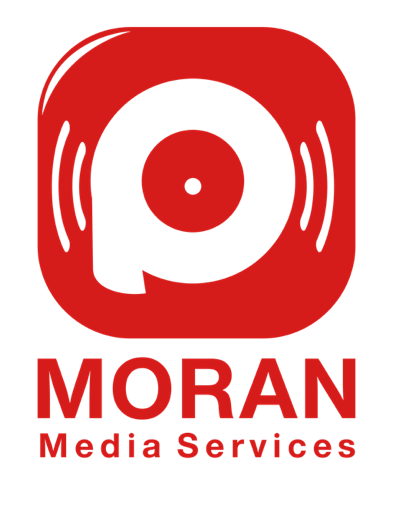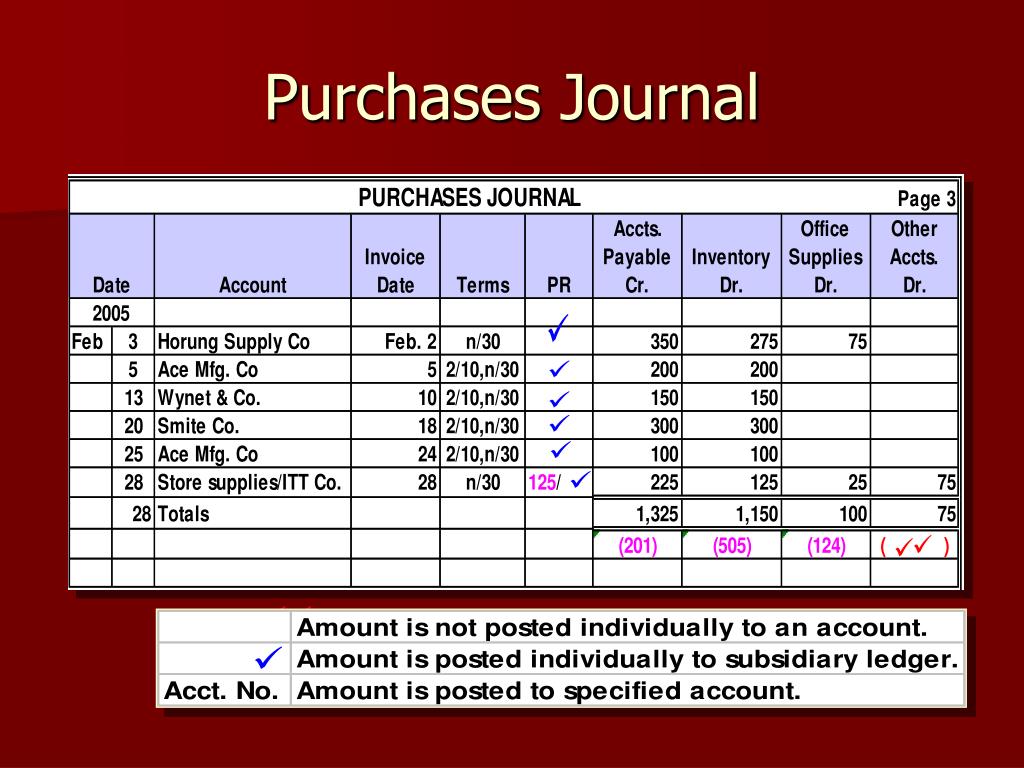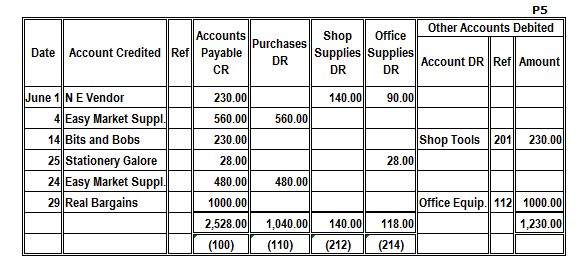A Guide to Ecommerce Bookkeeping for Business Owners

We suggest starting with the Free plan—if you only need one user—and then deciding later if you want to upgrade for the additional banking features. In our accounting rubric, QuickBooks Online consistently stands out across various criteria, such as banking, A/P, A/R, and inventory. It earned near-perfect marks for its support network because of the availability of QuickBooks ProAdvisors. However, we docked a few points for project ecommerce bookkeeping management because you can’t track estimated and actual project costs in the Plus plan. To delve deeper into our best small business accounting software, we tested and used each platform to evaluate how the features perform against our metrics. This hands-on approach helps us strengthen our accounting software expertise and deliver on the Fit Small Business mission of providing the best answers to your small business questions.

Accounting methods for ecommerce sellers
- This hands-on approach helps us strengthen our accounting software expertise and deliver on the Fit Small Business mission of providing the best answers to your small business questions.
- In many instances, an accountant prepares the initial chart, and the bookkeeper references it while recording transactions.
- You’ll probably want to set up WooCommerce if you sell physical or digital products.
- These often include features such as check writing and managing receivables and payables.
- Accounts receivable duties are tasks that were done by hand in the past.
- There are big companies that have thousands of products, such as Oberlo and Alibaba, that do this.
- Make sure that you are a grammar stickler and that you know the differences between AP and Chicago-style writing.
They show the total profit and loss for the time when the sheet was made. An ecommerce business asset may include inventory, cash funds, and equipment. On the other hand, liabilities are usually outstanding business loans or mortgage payments.
What are the Best States to Start a Business?
And while Zoho Books does a great job of tackling all things invoice, you’ll get an even better deal by adding Zoho Invoice to your Zoho Books plan. Zoho Invoice is completely free for life, so whether you end up trying Zoho Books or not, we definitely recommend giving Zoho Invoice a look. Outsourcing bookkeeping tasks frees up your time to focus on core business activities.
- A balance sheet serves to illustrate the overall financial health of your business.
- While you can do bookkeeping without accounting, you can’t do accounting without bookkeeping.
- Clear, digestible reports simplify the interpretation of complex data, aiding critical business strategies.
- We are sure you must be thinking about why e-commerce looking is essential.
- This method offers a true snapshot of your assets and debts at any given time.
- As an example, you might have to sell 200 units of your inventory to pay for the warehousing fee for the month.
- The Ascent is a Motley Fool service that rates and reviews essential products for your everyday money matters.
Our picks for the best e-commerce accounting software
Optimized specifically for ecommerce businesses, Striven excels in offering robust all-in-one features, including superior inventory management. Business accounting requires keeping track of all of a company’s transactions, inventory, and financial data. This includes metrics like cash flow and gross profits, balance sheets, and profit and loss (P&L) statements. Ecommerce accounting also includes running financial reports such as profit and loss statements and cash flow statements.

Sales Tax Obligations
You may also consider becoming an affiliate marketer, which is another form of digital marketing. Luckily, you don’t need a background in healthcare to help seniors and grow a successful business at the same time, although those skills will be in demand as well. Many seniors need help with all kinds of tasks, like errands or repairs around the house.
NerdWallet’s picks for the best online bookkeeping services
The next two most popular accounting software are Sage 50 with 10% and Xero with 9%. While QuickBooks Enterprise remains available as a desktop solution, its starting price is nearly triple that of Sage 50—making it unaffordable for many small businesses. Unfortunately, FreshBooks isn’t a great fit for product-based businesses as it has no inventory and COGS tracking features. If you have inventory to manage, we recommend QuickBooks Online for five or fewer users and Xero if you need more than five users. However, as a trade-off for being free, its features are not as flexible as those in premium software like QuickBooks Online. Despite the limitations of the free option, it is still by far the best free accounting software we’ve found.
- QuickBooks Payroll starts at $45 a month plus $6 per employee paid per month, and new users can choose between a 30-day free trial or 50% off discount just as they can with QuickBooks Online.
- This is possible by creating a financial roadmap with a chart of accounts, or general ledger.
- Maintaining accurate and up-to-date financial records is essential for complying with tax regulations and legal requirements.
- However, the ability to accept only a few requests at first means you can scale up as you are ready.
- Look for software that allows you to automate multiple functions if you have a company that has many repeat customers and transactions.
When you use accounting and bookkeeping together, you can keep track of your financial figures. Accounting is the action of interpreting, analyzing, classifying, reporting, and summarizing the figures. You must analyze the figures to see if you’re making a profit or losing money. With these answers, the ecommerce owner can figure out the best way to proceed with their business.
With that, you can track inventory levels, monitor stock movement, and reconcile inventory counts. Document all inventory-related transactions, including purchases, sales, adjustments, and write-offs. One of the most important things to do when starting a small business is to start planning for taxes.


